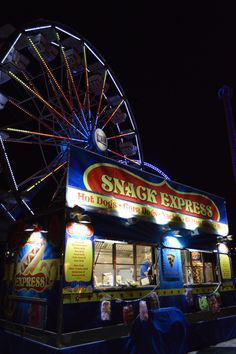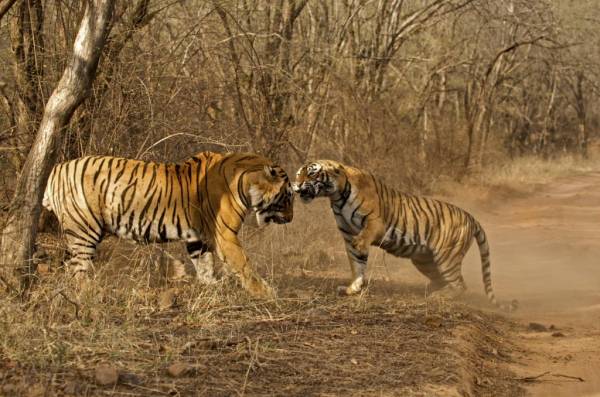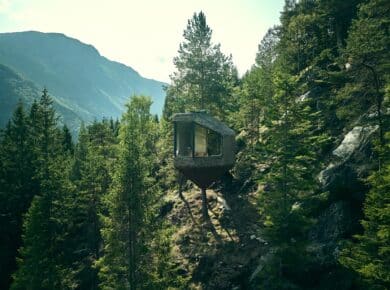There is a lot of Flora and Fauna that inhabits the 600,000-acrenational park and this has become a very popular reason for visitors. Being a national park means that all the native animals that live within its boundary are protected from any visitors bringing in domestic animals which could harm or spread disease to natural fauna. Visitors to the park also pay an entry fee which goes toward the maintenance of facilities and the protection of the native Flora and Fauna.
The Sulphur-Crested White Cockatoo is a common bird seen around the Bungles and the Purnululu National Park. This Cockatoo generally stays in the same area all year round and nests in the hollows of larger trees. Its diet commonly consists berries, nuts and roots of native trees and shrubs.
Another very common bird that is seem around the Bungles is the Spinifex Pigeon. The Spinifex Pigeon is very much a ground dwelling bird, hiding within the native spinifex and smaller trees. This bird has a very distinctive spike on his head, which aids in its camouflage in the grassland. Their diet consists of seeds, vegetable matter and small insects. There a quite a few predators of the Spinifex Pigeon such as the common Kite and the Wedge Tailed Eagle.
The Rainbow Bee-Eater is another bird that you may come across within Purnululu. The Rainbow Bee-Eater is extremely colorful and is often found in open woodlands, grasslands and near water ways or creeks. As its name suggests, the Rainbow Bee-Eater's diet consists of Bees, as well as Wasps, Beetles, Butterflies, Dragonflies and Moths.
The huge Wedge Tailed Eagle is not as common as other birdlife in the Bungle Bungles but there is always a chance you will see one circling above. The Wedge Tailed Eagle can grow a wingspan of up to 230cm and is the largest flying Australian bird. The Wedge Tailed Eagle preys on smaller birds, small mammals and reptiles. Also known as a Wedgy, it is found all over Australia, though can be more common in areas that are protected such as National Parks as they provide more food and prey for the Eagles.
From large to small, another Australian bird seen in the Bungle Bungles is the Fairy Wren. There are two types of Fairy Wren, the Variegated Fairy Wren and the Red-Backed Fairy Wren. The Red-Backed Fairy Wren has a bright red stripe across the back of the neck, while the Variegated Fairy Wren has an iridescent blue head. These small birds live among the woodlands and are always an exciting sight. Their diet consists of small insects and seeds that a naturally found within the Kimberley region.
To experience the birdlife of the Bungle Bungles, enquire with Bungle Bungle Guided Tours on 1800 899 029 or visit us










